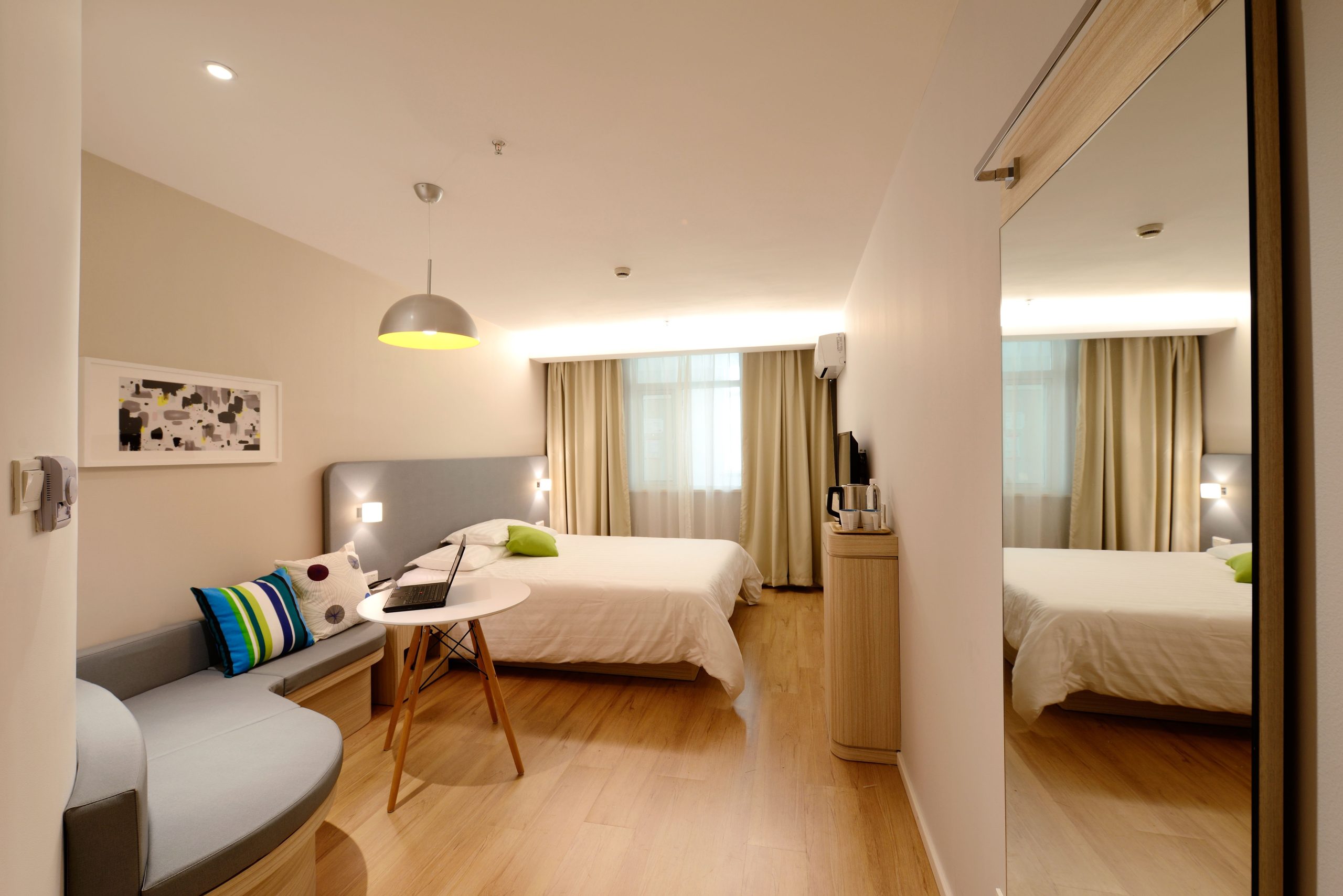Using Rentroom, you can manage rental properties. Both tenants and managers will find it highly user-friendly. Automate and streamline rent collection, maintenance, accounting, communication, and leasing to keep your business moving. You can use Rentroom regardless of the asset class you own.
What you need to know about rental ledgers
One of the more valuable things you can have at the end of your tenancy is a rental ledger (or tenant ledger) that shows your rent was paid on time.
A rental ledger is what it sounds like.
Your rental ledger is a complete record of all the rent payments you have made and the dates they covered. Also included in your ledger is a record of any rent arrears you have had.
Ledgers are useful for keeping track of rent payments and providing evidence in the event that a tenancy matter goes to court.
Rental management software is used by many Australian property managers and landlords to keep track of your tenancy history.
For your reference, you may request a copy of your rental ledger as a tenant.
A guide to reading a rental ledger
You can use your rental ledger to record information about payments you’ve made to your landlord or property manager. In most cases, this will contain your name, your address, the amount paid, and the date.
It is possible that your property manager or landlord will keep a record of what type of payment was made, if the rent was paid late, or if there were problems with the payment amount.
Your landlord or property manager may record your rental payments in their ledger and provide you with a receipt. The owner of the property and you are both protected by this.
The receipt proves that your rent has been paid, so you should keep it. This ledger could also be used by your landlord to prove that you were not double charged.
Rent ledgers: why you should request a copy
Maintaining an updated rental ledger is a good idea. You can use it as proof if there is a dispute over your rental payments.
A rental ledger is one of the most valuable documents you can have when applying for a new property. Show your ledger to a prospective property manager/landlord when you submit an application.
If you are applying for a rental, present your ledger
Having all the required and necessary supporting documents is crucial when submitting a rental property application.
Ensure that you have a copy of your photo identification (your passport or driver’s license, for example), a recent payslip, rental references, and – if you have rented properties before – a rental ledger.
A first-time renter should look for another way to demonstrate their ability to pay the rent on time if they are a first-time renter. An example of this might be a statement from a car loan or a savings account where money has been withdrawn regularly.
In conclusion
For landlords and property managers, a rent ledger is an important tool for keeping track of tenants’ rent payments. The rent ledger can be physical or digital and contains information such as the tenant’s name, property address, rent amount, due date, payment date, payment method, receipt number, balance, late fees, additional charges, and notes.
It can be used as evidence in court or during an eviction. Rentroom is a property management software that allows landlords to keep track of rent payments, filter the report by tenant, property, or date range, and export the report to CSV. Rentroom also allows landlords to set up automatic reminders for rent due dates, late fees, and accept online rent payments. Keeping accurate records of rent payments allows landlords and property managers to ensure that all rent payments have been made on time and in full, as well as to keep a clear record of all financial transactions between the landlord and tenant.






